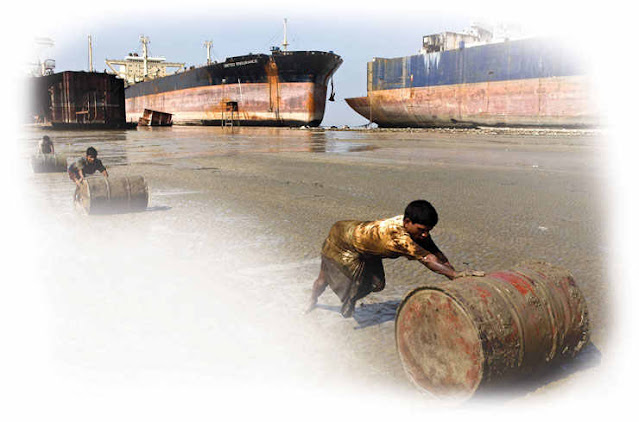Summary and Review Power, Authority, and Violence
11.1 Contrast power, authority, and violence; compare traditional, rational–legal, and charismatic authority. How are authority and coercion related to power? Authority is power that people view as legitimately exercised over them, while coercion is power they consider unjust. The state is a political entity that claims a monopoly on violence over some territory. What kinds of authority are there? Max Weber identified three types of authority. In traditional authority, power is derived from custom: Patterns set down in the past serve as rules for the present. In rational–legal authority (also called bureaucratic authority), power is based on law and written procedures. In charismatic authority, power is derived from loyalty to an individual to whom people are attracted. Charismatic authority, which undermines traditional and rational–legal authority, has built-in problems in transferring authority to a new leader. 379 Types of Government 11.2 Compare monarchies, democracies, dictatorships, and oligarchies. How are the types of government related to power? In a monarchy, power is based on hereditary rule; in a democracy, power is given to the ruler by citizens; in a dictatorship, power is seized by an individual; and in an oligarchy, power is held by a small group. The U.S. Political System 11.3 Discuss voting patterns, lobbyists, and PACs. What are the main characteristics of the U.S. political system? The U.S. political system is dominated by the Democratic and Republican parties that represent slightly different centrist positions. The differences are most obvious in those who take extreme positions. Voter turnout is higher among people who are more socially integrated—those who sense a greater stake in the outcome of elections, such as the more educated and well-to-do. Lobbyists and special-interest groups, such as political action committees (PACs), play a significant role in U.S. politics. Who Rules the United States? 11.4 Compare the functionalist (pluralist) and conflict (power elite) perspectives of U.S. power. Is the United States controlled by a ruling class? In a view known as pluralism, functionalists say that no one group holds power, that the country’s many competing interest groups balance one another. Conflict theorists, who focus on the top level of power, say that the United States is governed by a power elite, a ruling class made up of the top corporate, political, and military leaders. The most recent evidence supports the conflict view. War and Terrorism: Implementing Political Objectives 11.5 Explain why countries go to war and why some groups choose terrorism. How are war and terrorism related to politics? War and terrorism are both means of pursuing political objectives. Nicholas Timasheff identified three essential conditions of war and seven fuels that ignite antagonistic situations into war. His analysis can be applied to terrorism. The Transformation of Economic Systems 11.6 Emphasizing inequality, summarize the broad historical shifts in economic systems. How are economic systems linked to types of societies? In early societies (hunting and gathering), small groups lived off the land and produced little or no surplus. Economic systems grew more complex as people discovered how to domesticate animals and grow plants (pastoral and horticultural societies), farm (agricultural societies), and manufacture (industrial societies). As people produced a surplus, trade developed. Trade, in turn, brought social inequality as some people accumulated more than others. Service industries dominate the postindustrial societies. If a biotech society is emerging, it is too early to know its consequences for our economy. World Economic Systems 11.7 Contrast capitalism and socialism: their components, ideologies, criticisms, and convergence. How do capitalism and socialism differ? The world’s two major economic systems are capitalism and socialism. In capitalism, private citizens own the means of production and pursue profits. In socialism, the state owns the means of production and has no goal of profit. Adherents of each have developed ideologies that defend their own systems and paint the other as harmful or even evil. As expected from convergence theory, each system has adopted features of the other. The Globalization of Capitalism 11.8 Discuss the globalization of capitalism, including its effects on workers, the divisions of wealth, and the global superclass. What is the new global structure? The world’s nations are forming major trading blocs. As multinational corporations seek the lowest costs of production, millions of jobs are transferred to nations where workers are paid little. This is causing great suffering to workers who are losing their jobs and to those whose pay is stagnant. At the same time, an ultra-wealthy and powerful global superclass has risen. 380 What Lies Ahead? A New World Order? 11.9 Explain how the globalization of capitalism might be bringing a New World Order—and why it might not be. Is humanity headed toward a world political system? The trend toward regional economic and political unions may indicate that a world political system is developing. Oppositional forces, including disarray in G7 and the EU, point in the other direction. Key Terms View Flashcards Key Terms View Flashcards Thinking Critically about Chapter 11 What are the three sources of authority, and how do they differ from one another? Apply the three essential conditions of war and its seven fuels to a recent (or current) war that the United States has been (or is) a part of.










